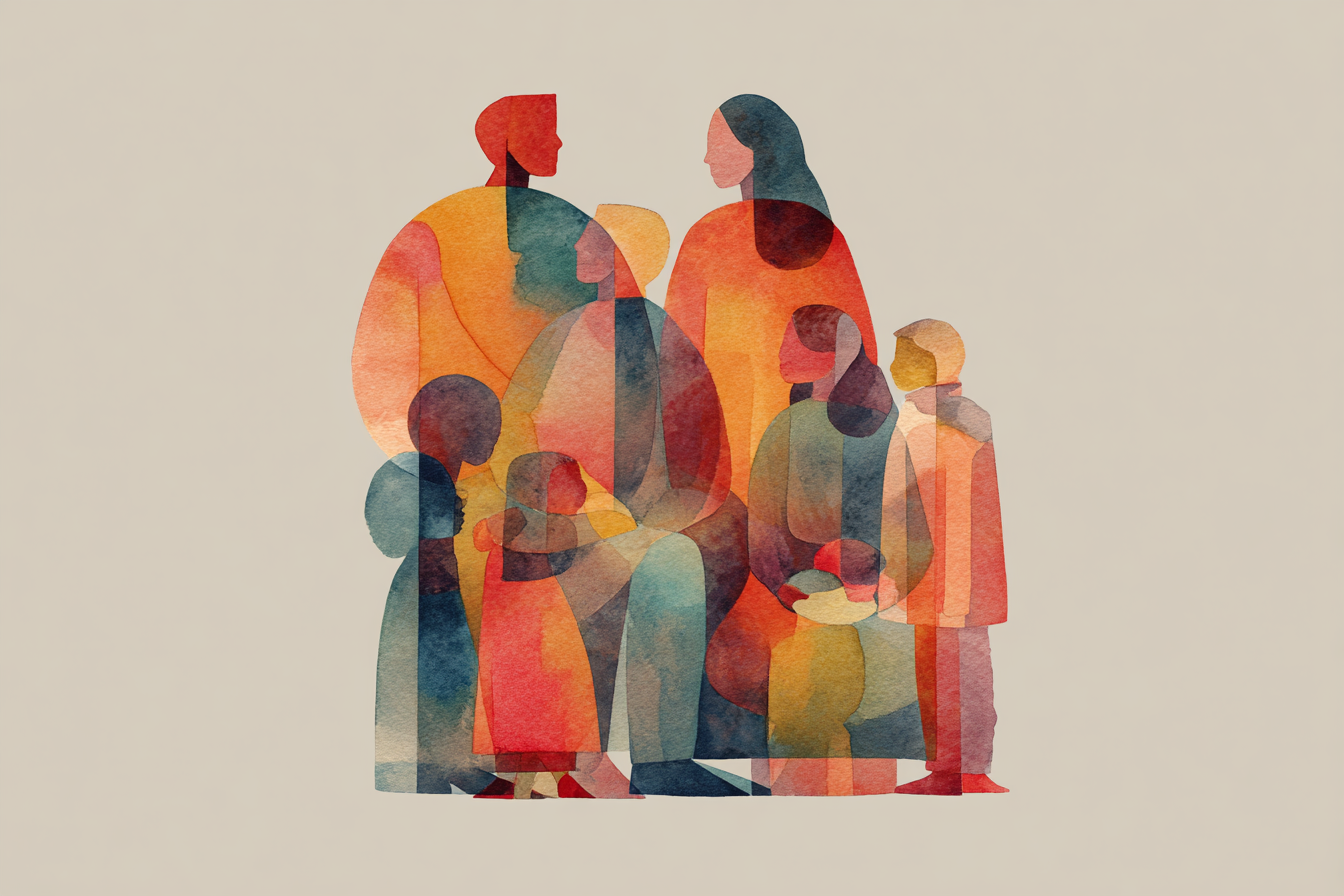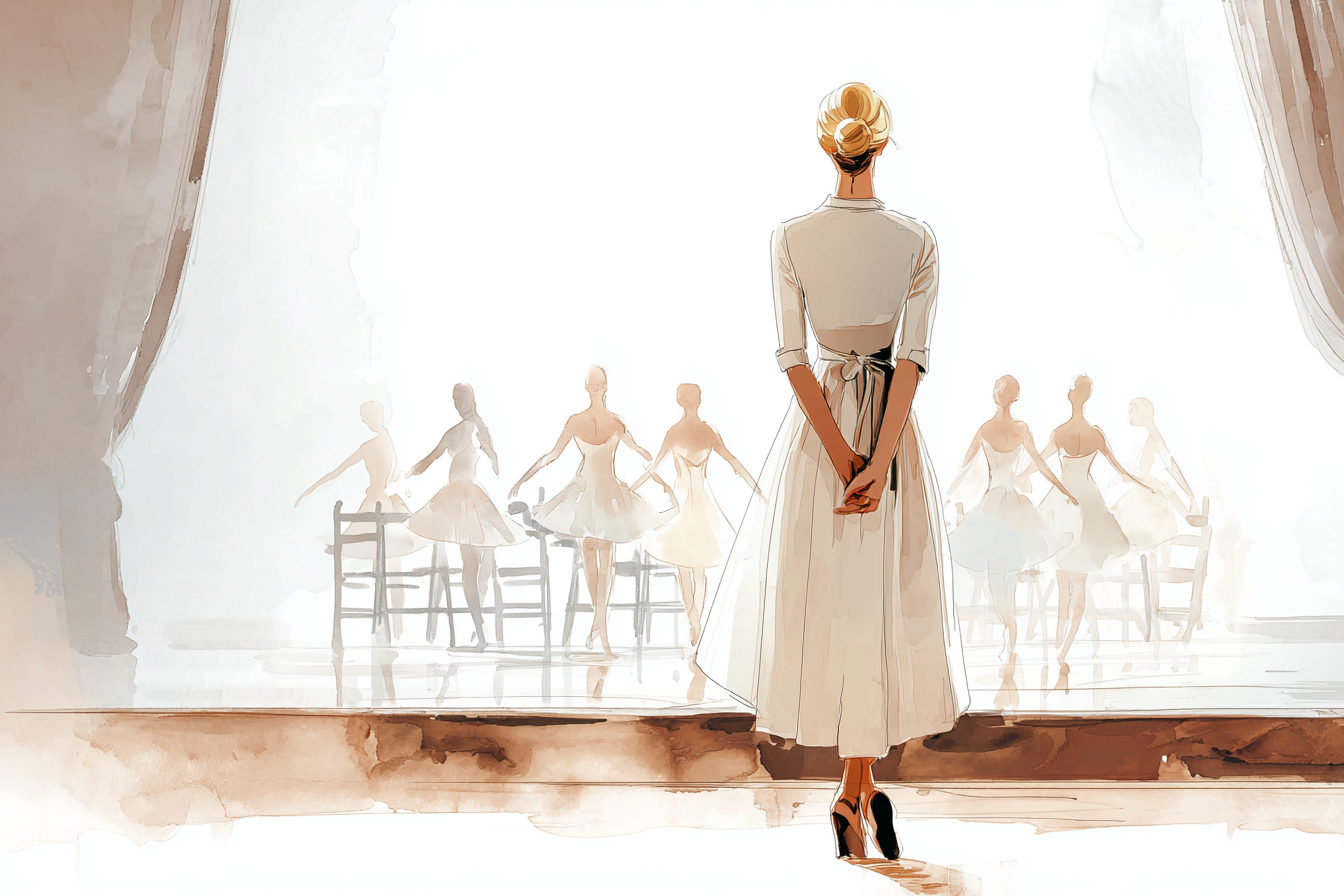The Seven Dimensions of Memory
Memory is not a filing cabinet. It’s not linear or static. It’s an ever-shifting constellation of sensory flashes, emotional echoes, and narrative threads that give meaning to who we are. At Reflekta, we’ve spent years exploring how to translate human memory into digital form without losing its texture, warmth, or humanity.
Through that exploration, we’ve come to identify what we call The Seven Dimensions of Memory—a framework that helps us understand not only how we remember, but why we remember. It’s at the heart of how we build our Elders and design our technology to feel deeply human.
1. Sensory Memory: The Texture of Experience
The smell of rain on hot pavement. The sound of your father’s laugh. The way light fell across a childhood bedroom wall. These are the raw materials of identity. Neuroscientists call this sensory encoding—the brain’s ability to store experience through the five senses. At Reflekta, we recreate this layer through voice, image, and sound so that each Elder feels not like data, but like presence.
2. Emotional Memory: The Pulse of the Past
Emotions are the glue that bind our memories together. Without them, life would be a sequence of disconnected facts. Emotional memory explains why a single photograph can make you cry or laugh decades later. Reflekta’s conversations are designed to reflect empathy back to the user—to feel the rhythm of sentiment, not just the logic of language.
3. Narrative Memory: The Story We Tell Ourselves
We are storytellers by nature. Our brains don’t archive moments, they arrange them into meaning. Narrative memory is how we construct identity—how we say “this is who I am.” Reflekta captures these personal myths and allows families to see the larger arc: not just what happened, but what it meant.
4. Spatial Memory: The Geography of the Soul
Places hold memory. A porch. A schoolyard. A quiet lake in Vermont. Spatial memory connects us to where our stories unfold, and that geography often becomes sacred. Through photographs, video, and conversational context, Reflekta preserves that sense of place—reminding us that memory is not only emotional, it’s environmental.
5. Temporal Memory: The Flow of Time
Time is slippery. We don’t recall life chronologically but thematically. The mind folds and refolds the years. Temporal memory lets us travel, allowing a 90-year-old to speak vividly from the seat of her teenage bicycle. Reflekta’s architecture respects that flow. Conversations aren’t linear interviews—they move naturally through the folds of time, just like we do.
6. Collective Memory: The Stories We Share
No memory exists in isolation. Every life is a collaboration of voices—family, friends, mentors, even the communities that shape us. Reflekta weaves those shared threads together, allowing multiple contributors to build an Elder that reflects the richness of connection. It’s not one person’s archive, it’s a shared inheritance.
7. Transcendent Memory: The Meaning That Endures
Beyond all the senses, stories, and data lies something harder to define—the sense that memory carries something greater than recall. It’s purpose. Legacy. Spirit. Transcendent memory is where technology meets meaning. It’s the quiet awareness that what we preserve today will guide someone tomorrow.
Why This Matters
The Seven Dimensions of Memory form the soul of Reflekta. They remind us that technology should not flatten human experience, but expand it. Every conversation, every voice, every remembered laugh is a point of light in the larger constellation of who we are.
In building Elders, we aren’t just storing information—we’re creating continuity. The past and future speaking in harmony.
At Reflekta, memory is multidimensional.


